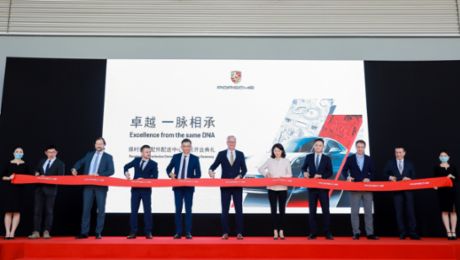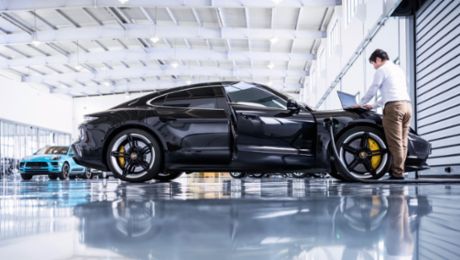The engineering work of Porsche has a long tradition of using foreign development sites in search of tomorrow’s perfect sports cars and services. From next year, its capacity will grow even further to include a permanent new research and development satellite in China, allowing a sustained focus on what is Porsche’s biggest single market. The company is also strengthening its presence in the emerging markets of Southeast Asia. Beyond projects such as the implementation of the region’s first cross-border high-performance charging network, in cooperation with Shell, Porsche will set up a small-scale local assembly in Malaysia to join the company’s network of production sites. The vehicles will specifically match local requirements and will be available for Malaysia only.
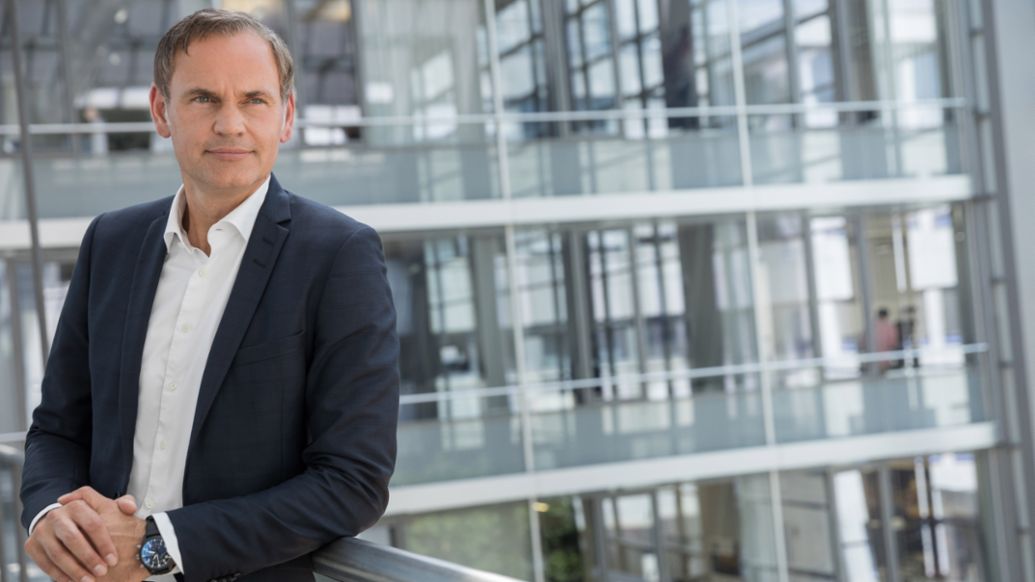
“We’re driven by curiosity, by perpetually learning and finetuning our cars,” says Oliver Blume, Chairman of the Executive Board at Porsche. “Having a permanent home for this work in China will bring obvious benefits, particularly when it comes to reflecting and predicting our customers’ needs in China – a nation that has truly welcomed Porsche and taken our cars to heart to the extent that it’s been our biggest sales market for six consecutive years.” The R&D satellite location in Shanghai is designed to increase understanding of the company’s Chinese customers and their requirements, and to improve local product development. It comes in addition to Porsche Digital China, which was set up as an independent company earlier this year, and Porsche Engineering China, which has had a presence in the market for more than 20 years. “The Chinese automotive market is very dynamic and customer preferences are highly specific. We want to meet these demands the best way possible,” adds Blume.
Porsche has established a dedicated and ever-growing international network of permanent research, development and testing locations in order to meet the needs of its customers around the globe. These sites carry out important engineering and design work – with the lessons learned finding their way into the finished cars. While the network is spread across several continents, the company’s engineering home in Weissach, Germany, is directly linked to every base. These range from the frozen lakes of Arjeplog in northern Sweden, where the majority of extreme cold weather testing is conducted, to the unique climate and roads found in Johannesburg, South Africa, and the dry heat of California, in the US. This work affects not just dynamics and vehicle quality, but also comfort and convenience features and the technology that is fitted to current and future Porsche sports cars.
Another example of a long-standing global investment is Porsche Digital, a subsidiary of Porsche, established in 2016. The company concentrates on researching and developing new customer-focused digital services and has its headquarters in Germany along with key offices in the US, Spain, China, Israel and Croatia.
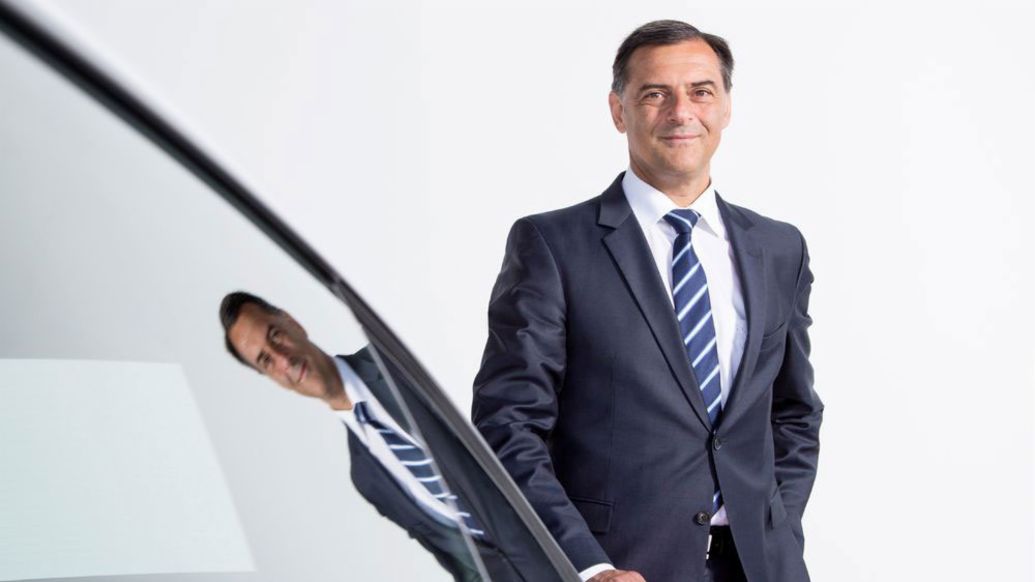
“We’re proud to be a vibrant, global business and to be investing in localised programmes to ensure our cars and services do reflect the specific needs of our markets outside of Europe. To do this best requires a permanent presence,” says Michael Steiner, Member of the Executive Board, Research and Development at Porsche. “The addition of a Chinese R&D satellite location, joining the existing research and development operations in Europe, North America and elsewhere, underlines our commitment to ensuring our cars remain relevant and attuned to our markets.”
Seize further growth opportunities in the ASEAN region
Southeast Asia represents a very dynamic market environment with significant growth and innovation potentials. Porsche is expanding its footprint in the 10-member ASEAN region (Association of Southeast Asian Nations) by setting up a local assembly together with its long-standing partner Sime Darby Berhad. Located in Malaysia, the site will be responsible for the final assembly of specific models for the local market from 2022 onwards. The facility will operate alongside Porsche’s established European network of production sites.
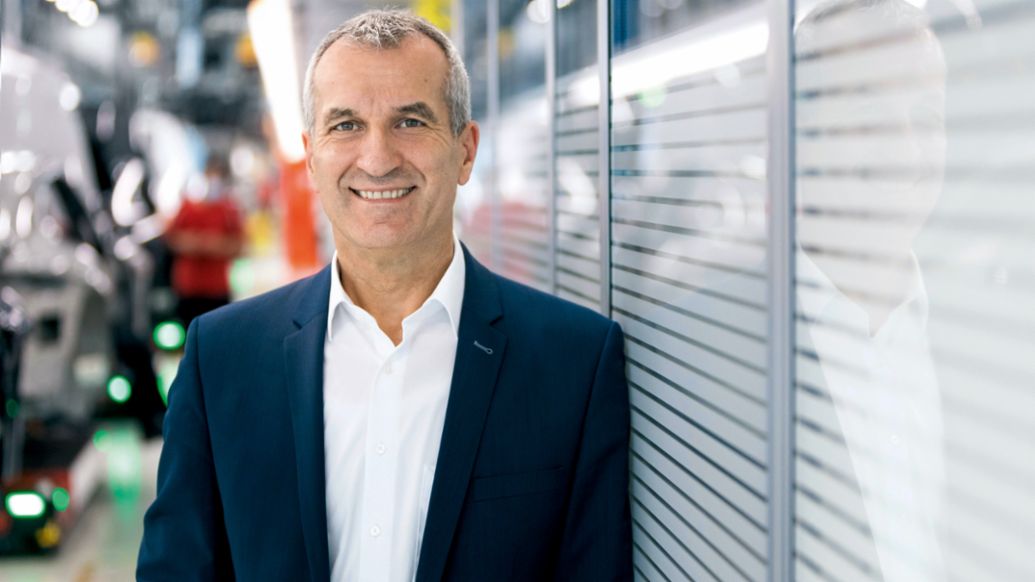
“We’re fortunate that, due to careful planning, our existing factories are more than up to the task of meeting current and future global demand for our cars,” says Albrecht Reimold, Member of the Executive Board for Production and Logistics at Porsche. “However, the new assembly site in Malaysia meets specific market needs and, although a standalone project and modest in size and capacity, it signals our willingness to learn and adapt to specific local market conditions.”
Malaysia as a founding state of the ASEAN bloc
For the last 10 years, Porsche has enjoyed a close and trusting relationship with Sime Darby Berhad as the exclusive importer and distributor for the brand’s sports cars in Malaysia. That partnership coupled with a growing and dedicated Porsche fan-base in the region has delivered impressive results even in challenging conditions, as reflected in a nine per cent increase in deliveries in 2020. As a founding state of the ASEAN bloc, Malaysia offers significant business opportunities and a well-established automotive landscape.
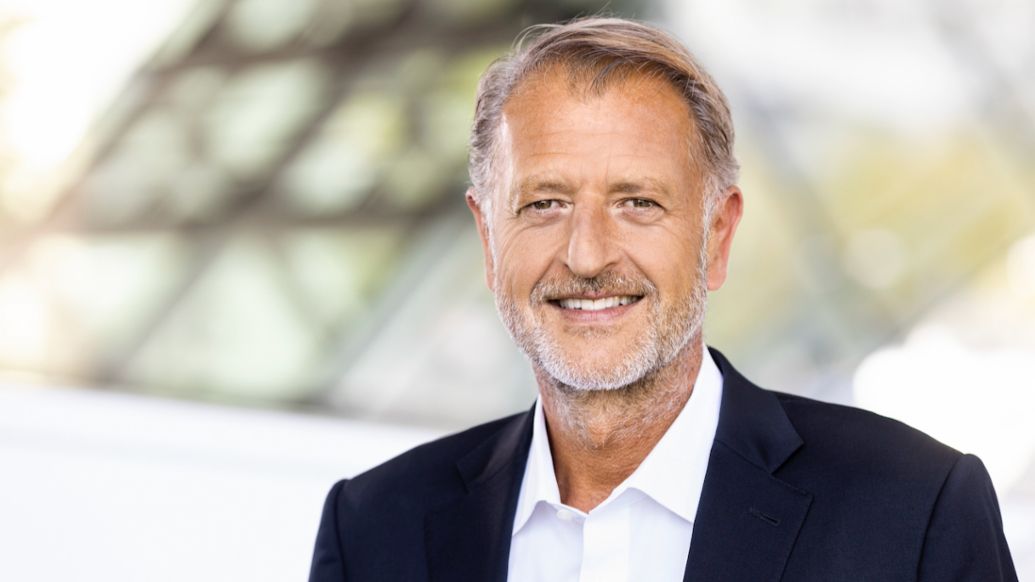
“Malaysia and the whole ASEAN is a region of great potential and we look forward to the first locally assembled models reaching our Malaysian customers next year,” says Detlev von Platen, Member of the Executive Board for Sales and Marketing at Porsche. “As Porsche is moving into a new era of mobility, Malaysia and the ASEAN region are gaining an increasing importance. This step now is part of a long-standing initiative to keep pace with rapidly evolving customer and market demands.”
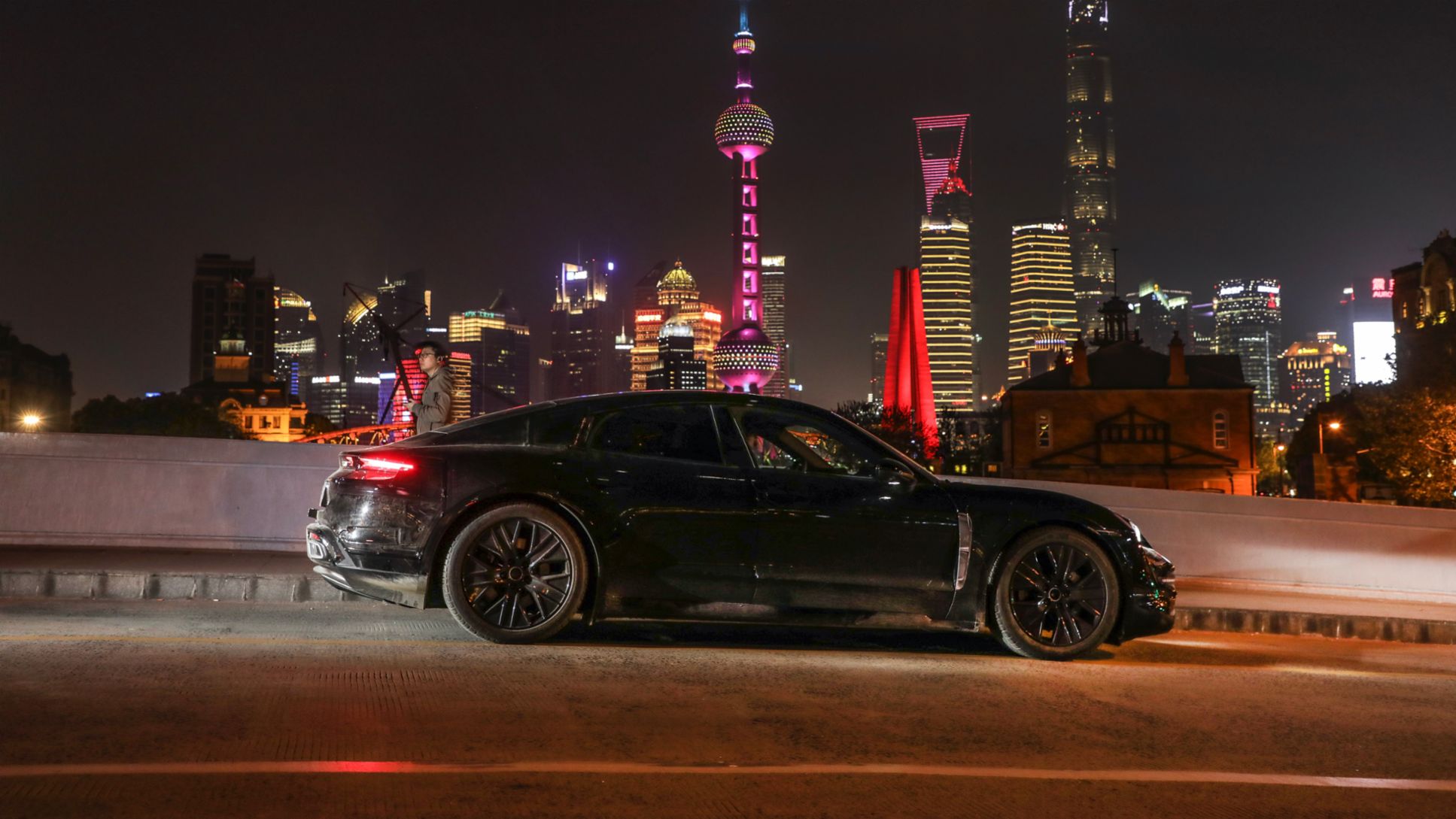


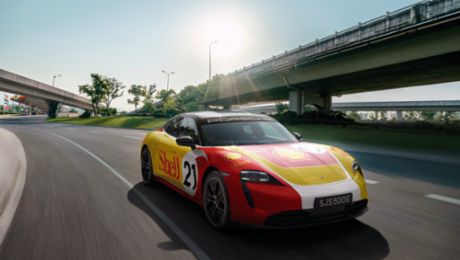
.jpeg/jcr:content/0A2A2818%20(2).jpeg)
